Operating System Concepts: Internal vs. External Fragmentation
VerifiedAdded on 2021/06/16
|7
|636
|43
Homework Assignment
AI Summary
This document presents a completed Operating System assignment, addressing key concepts and problems. The first part of the solution explains the differences between internal and external fragmentation, providing examples and potential solutions such as compaction, paging, and segmentation. The second part delves into page replacement algorithms, specifically the LRU (Least Recently Used) algorithm, and demonstrates the page replacement order. The assignment then explores CPU scheduling algorithms, including FCFS (First-Come, First-Served), SJN (Shortest Job Next), SRT (Shortest Remaining Time), and Round Robin, mentioning turnaround time and waiting time. The assignment concludes with a bibliography citing relevant research papers on memory management and scheduling algorithms. This comprehensive assignment offers valuable insights into core Operating System principles and practical applications.
1 out of 7
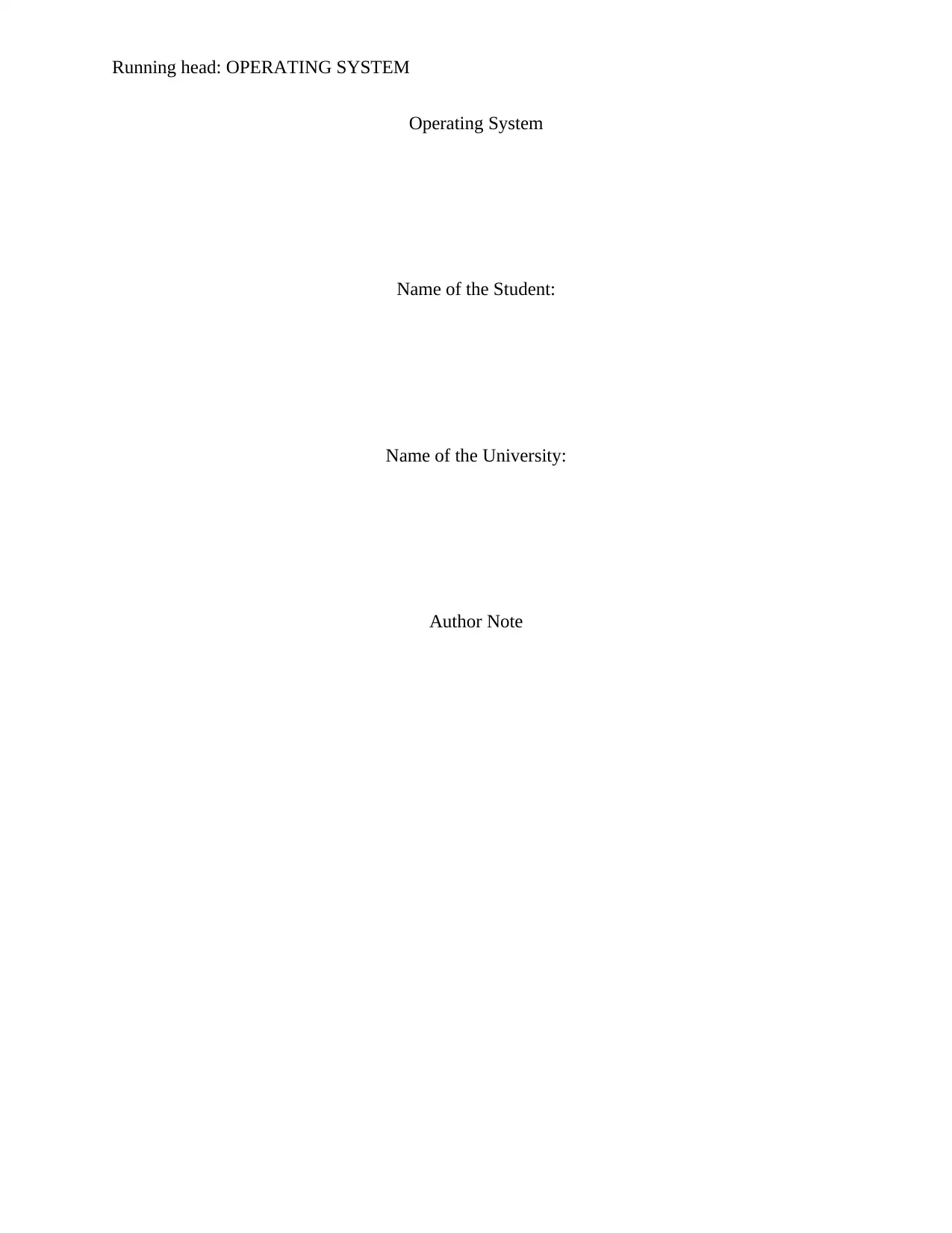
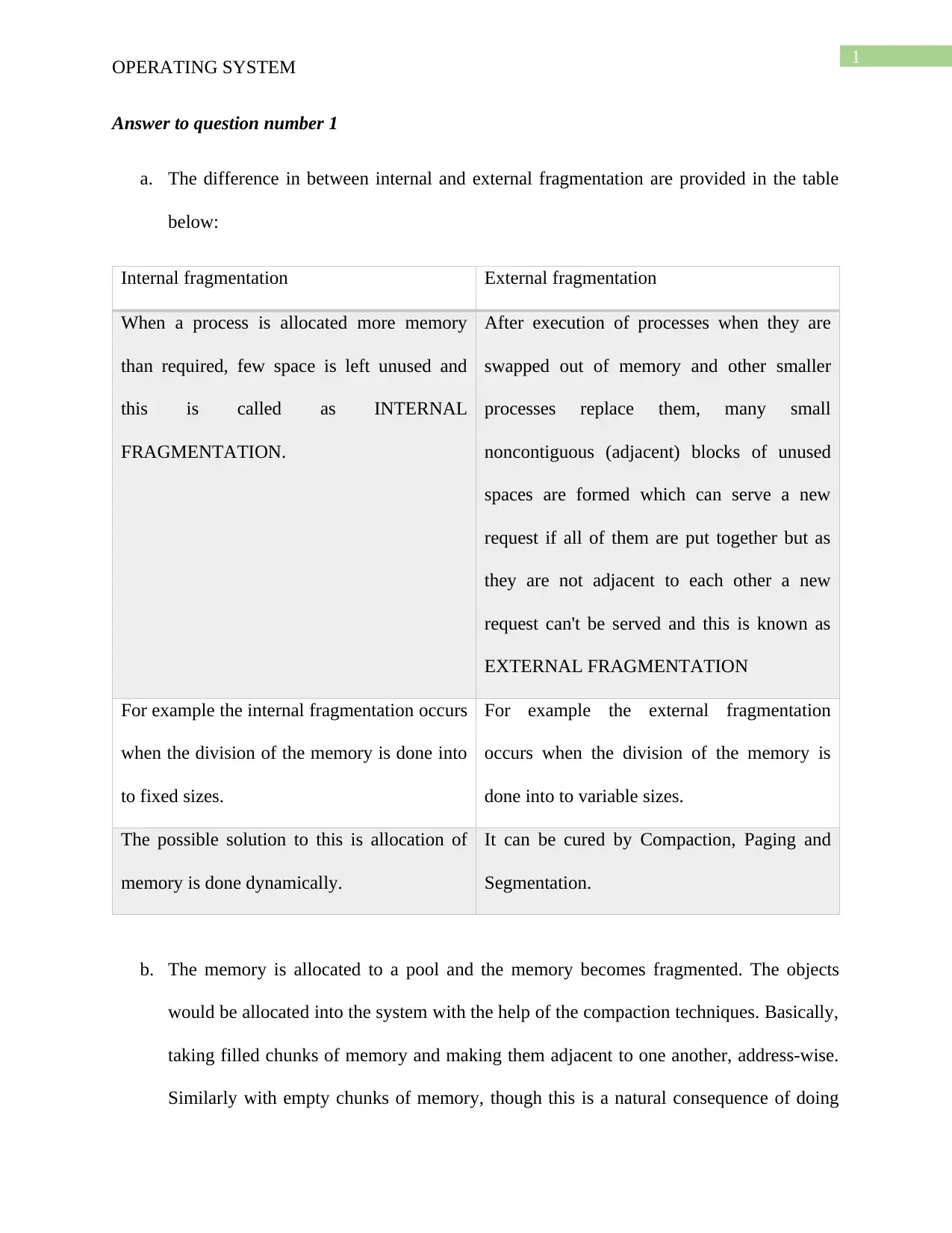
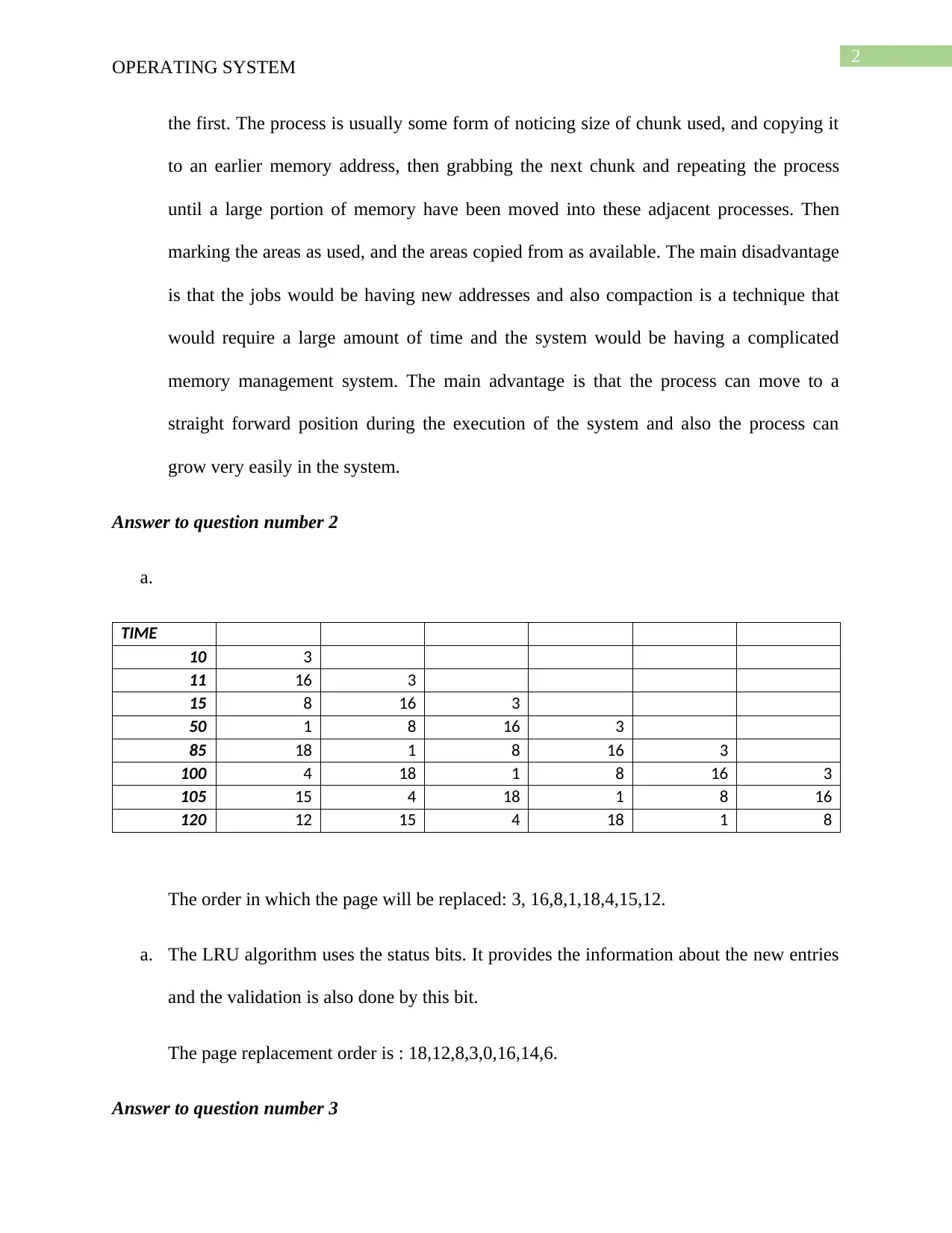

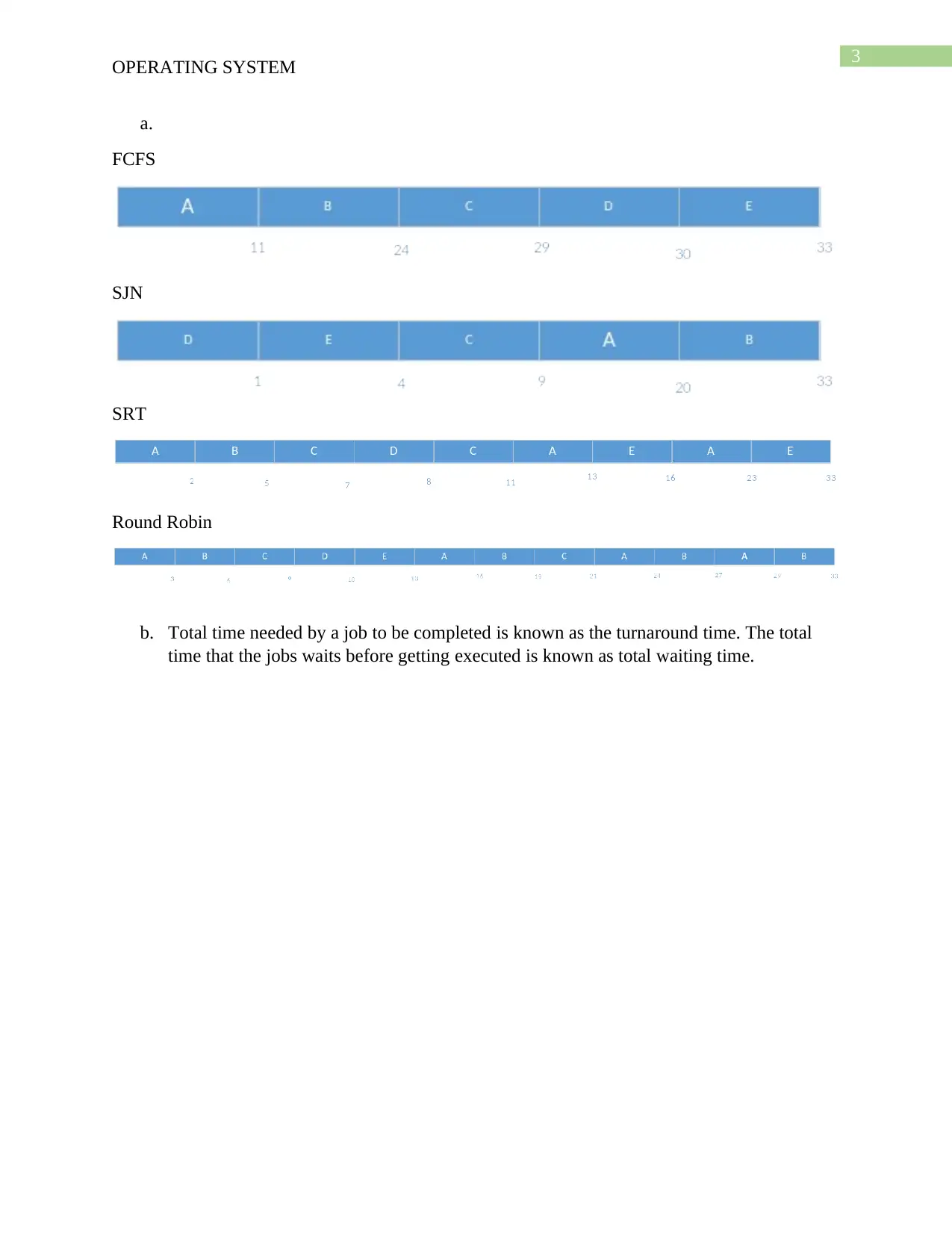
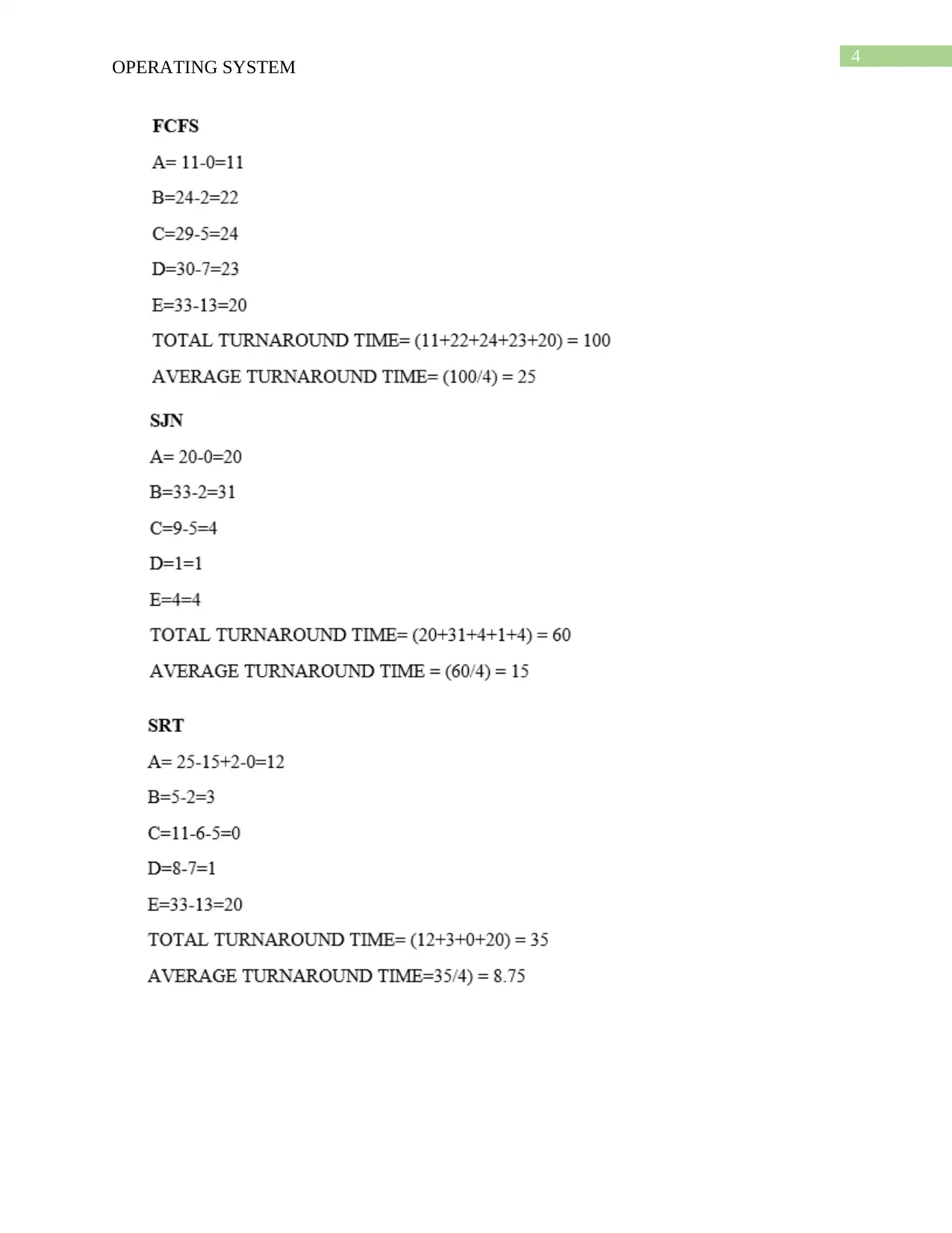
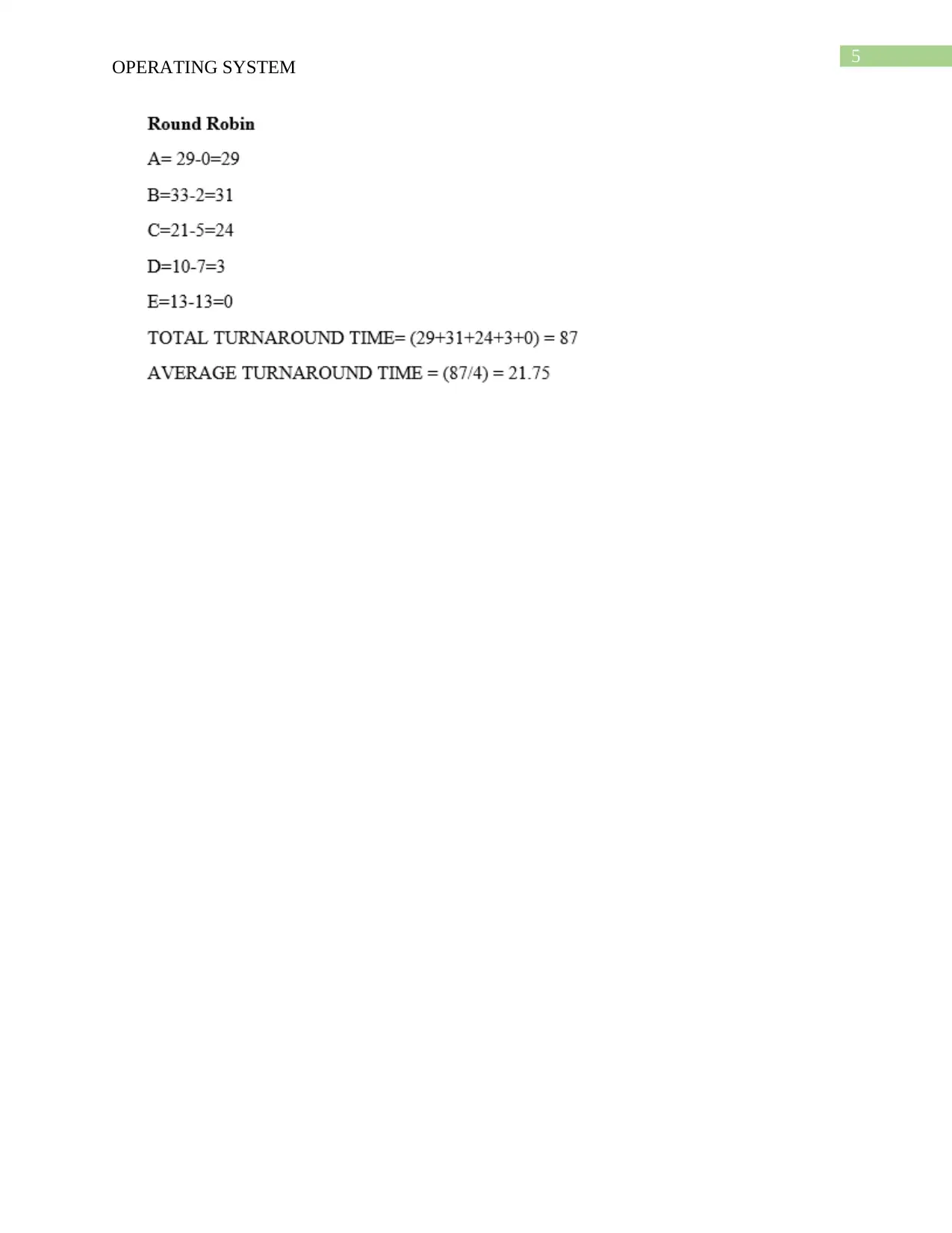
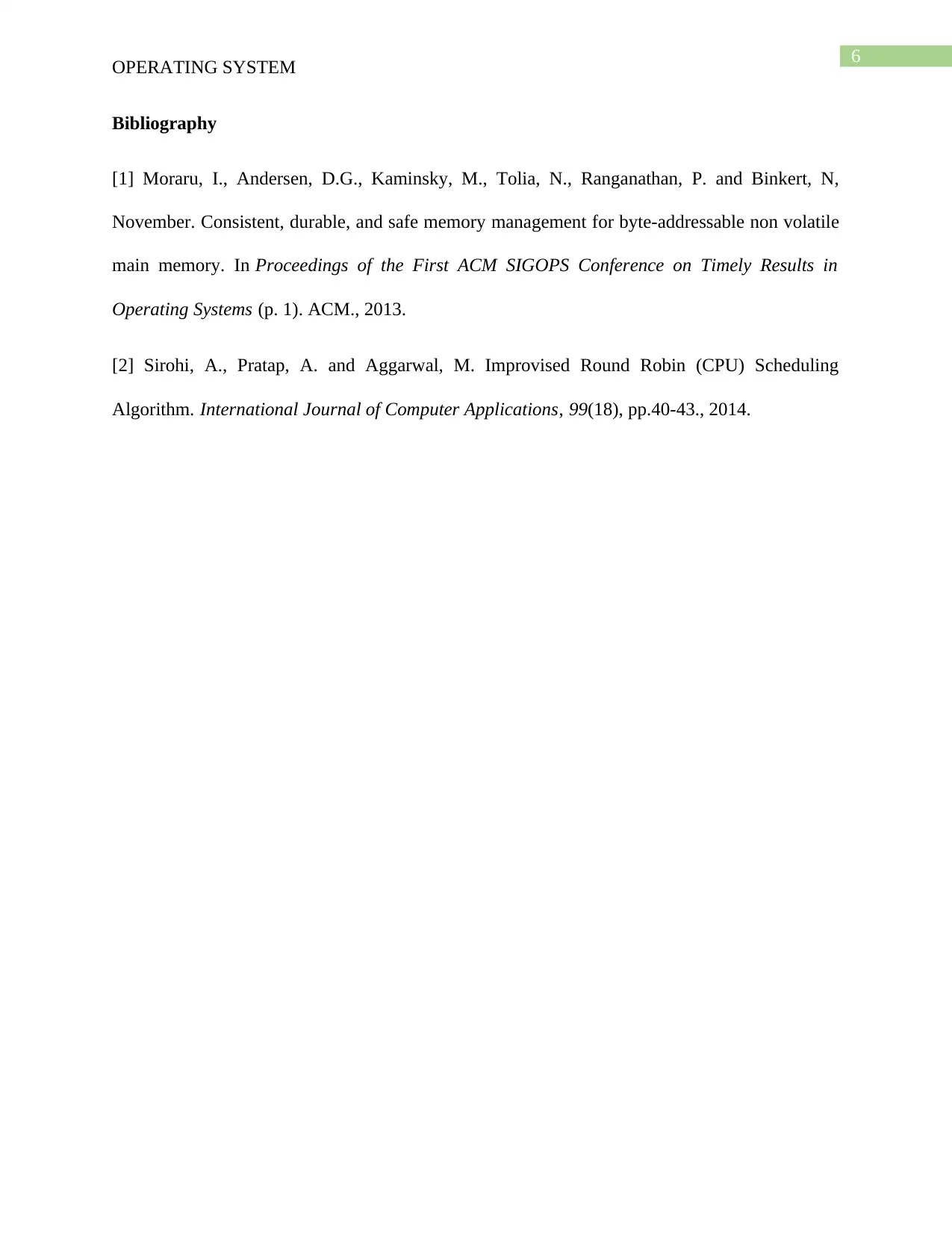





![[object Object]](/_next/static/media/star-bottom.7253800d.svg)